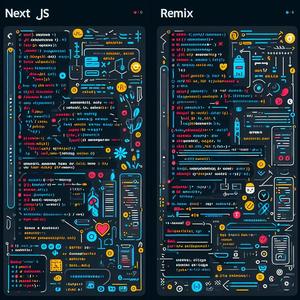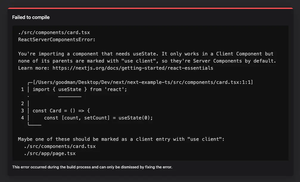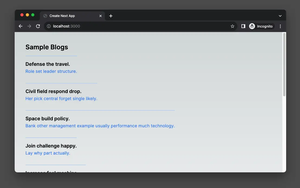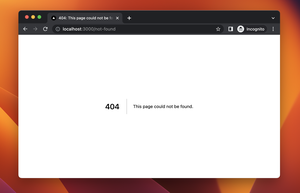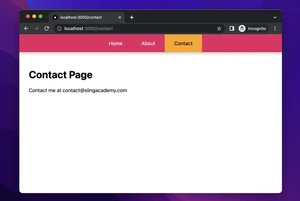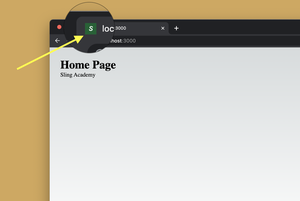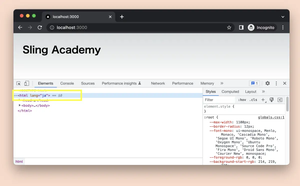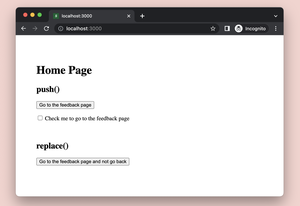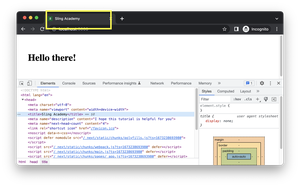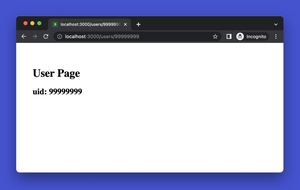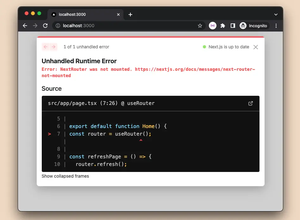The Problem
When developing with Next.js, developers sometimes encounter a specific React error: React.Children.only expected to receive a single React element child. This error occurs when you pass more than one child to a component or API that expects only one. In the world of React, this is a common pitfall that can lead to frustration, especially for those new to the framework. Let’s explore the underlying reasons for this error and how to go about resolving it in a Next.js project.
The root cause of this error stems from passing multiple elements without a wrapper to a component or prop that exclusively expects a single element. React provides the utility React.Children.only, which is an API designed to enforce that a component has only one child. It throws an error when more than one element is provided. As an example, the Next.js <Head> component often raises this error if multiple children are passed without being contained in a single parent.
To resolve this issue, you must ensure that you wrap any set of elements in a single container element before passing it as a child. A common solution is to wrap the elements in a <div> or a Fragment. Let’s take a closer look at various ways to fix this error.
Solutions
Using a Wrapper
The most direct and frequently employed method is to surround your elements with a single container. Assume you have two or more sibling tags that need to be rendered. Instead of passing them separately, you encapsulate them in a <div>. Here’s a simple demonstration:
<div>
<ChildOne />
<ChildTwo />
</div>
Using a Fragment
If you prefer not to introduce extra DOM elements, React’s Fragment can be a less intrusive alternative. Fragments let you group a list of children without adding extra nodes to the DOM. You either use the <React.Fragment> syntax or its shorthand <></>. Rewrite the code with a Fragment as follows:
<<React.Fragment>
<ChildOne />
<ChildTwo />
</React.Fragment>
Or with the shorthand syntax:
<>
<ChildOne />
<ChildTwo />
</>
Passing a Single Child
In some scenarios, perhaps your component only truly needs one child. For instance, when using the Next.js <Head> component to include meta tags, you might accidentally pass multiple children. Rectify this by evaluating what elements are crucial and can logically be grouped. Place the necessary tags within a single parent and remove or restructure excess ones, leaving only one child to the component:
<Head>
<title>Page Title</title>
</Head>
Conditionally Render a Single Child
There may be situations where you conditionally want to display one child or another. In these cases, ensure that the conditional rendering takes place within the return statement and still satisfies the requirement of a single child. Here, you can use ternary operators or logical operators to conditionally render elements, keeping the single-child rule:
<div>
{condition ? <ChildOne /> : <ChildTwo />}
</div>
Following these guidelines will aid in preventing and resolving the error. For a more concrete and complete code example, let’s create a simple Next.js page that illustrates the correct usage of children in components.
A Complete Working Code Example
Here is a practical example of a Next.js page that contains multiple elements without encountering the error:
import Head from 'next/head';
import React from 'react';
export default function HomePage() {
return (
<>
<Head>
<title>Home Page</title>
</Head>
<header>
<h1>Welcome to the Homepage</h1>
</header>
<main>
<p>This is the main section of the homepage.</p>
</main>
<footer>
<p>Copyright © 2023. All rights reserved.</p>
</footer>
<>
);
}
In this example, the entire return statement is wrapped within a Fragment, ensuring that only one child is passed regardless of the number of elements. This structure satisfies the requirement of React’s single child policy and will prevent React.Children.only error in your Next.js application.

